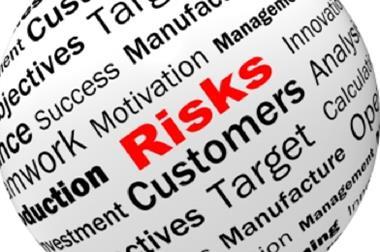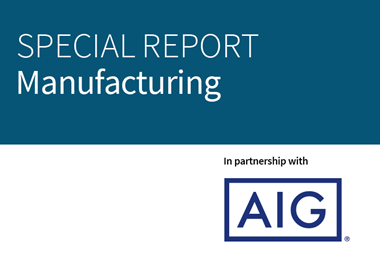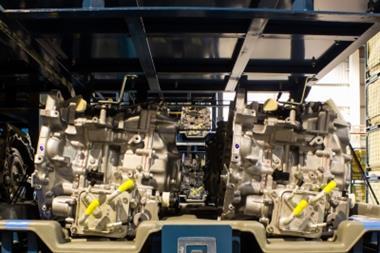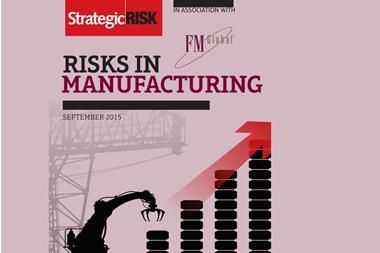Hans Læssøe, senior director, strategic risk management at LEGO Group outlines his biggest risks

Demand volatility: “Our end users are seven years old and they do not understand the concept of loyalty. They will only buy our products if they think they are hot so we have very big volatility. We are deploying a team to see if we can use big data to forecast demand better than we are doing currently. Right now [November 2016] we are deep into planning around 2017 – there will be new products in every line. Each of these novelties for the different lines is here as a launch project. We have about 25 of these a year. We know for a fact that a minimum of one, probably two, possibly three of these will fail and they will sell probably less than half of what we forecast. On the other hand one maybe two will be great successes and sell twice as much as what we expect. We just don’t know which ones are which.”
Losing a factory: “We have four factory sites so losing one of them would be fairly serious. It would be easier if we had 50 sites but that would impact on efficiencies.”
Deficient quality: “The risk is materialising because we are growing so fast. Suddenly we have 3000 people in a factory in a new territory [China] who did not play with Lego as a child and so all of this is new to them. If they don’t understand the quality issues we could have then we could lose quality. When we opened the factory in China we took operators from our factories in Hungary and Mexico and flew them to China to teach Chinese people how to work with the product.”
Loss of vendors: “Some vendors are more important than others but there are certain vendors that if they go bankrupt or have some other form of disruption then we could be in trouble for a significant portion of our turnover.”
Trade restrictions: “The TTP has just been pretty much cancelled, the TTIP could also be in jeopardy – not just from the American side but also the European. You also have Brexit in the UK. The free flow of money is not likely to be as easy in five years as it is now. The issue with this is the difficulty getting our product from the factory to the destination markets. Also, given the fact that we have one supply chain that we collaborate with very closely, basically all factories buy and sell to each other and that flow could be hampered and that could pose more difficulties for us than the flow of finished goods with a duty tariff. Of course the tariff could be cumbersome enough and we are looking into the potential impact of this.”
Economic crisis: “An economic crash was the best thing that ever happened to us. When times are good people give children expensive presents such as personal electronics. In a financial crisis, spending goes down and suddenly toys become relevant again and in that range we are stronger, especially on the high price point. As the squeeze increases people want to make sure they don’t buy something that is broken by new year and forgotten soon after that. This is where the brand name comes in. So from a consumer perspective we were helped by the financial crisis. Our competitors lost a third of their market cap in a month because of the financial crisis. We did not lose anything. Which means we kept our manoeuvrability so when they had to cut back on market spend we increased ours. So we got help from our competitors because they got weaker.”




















No comments yet